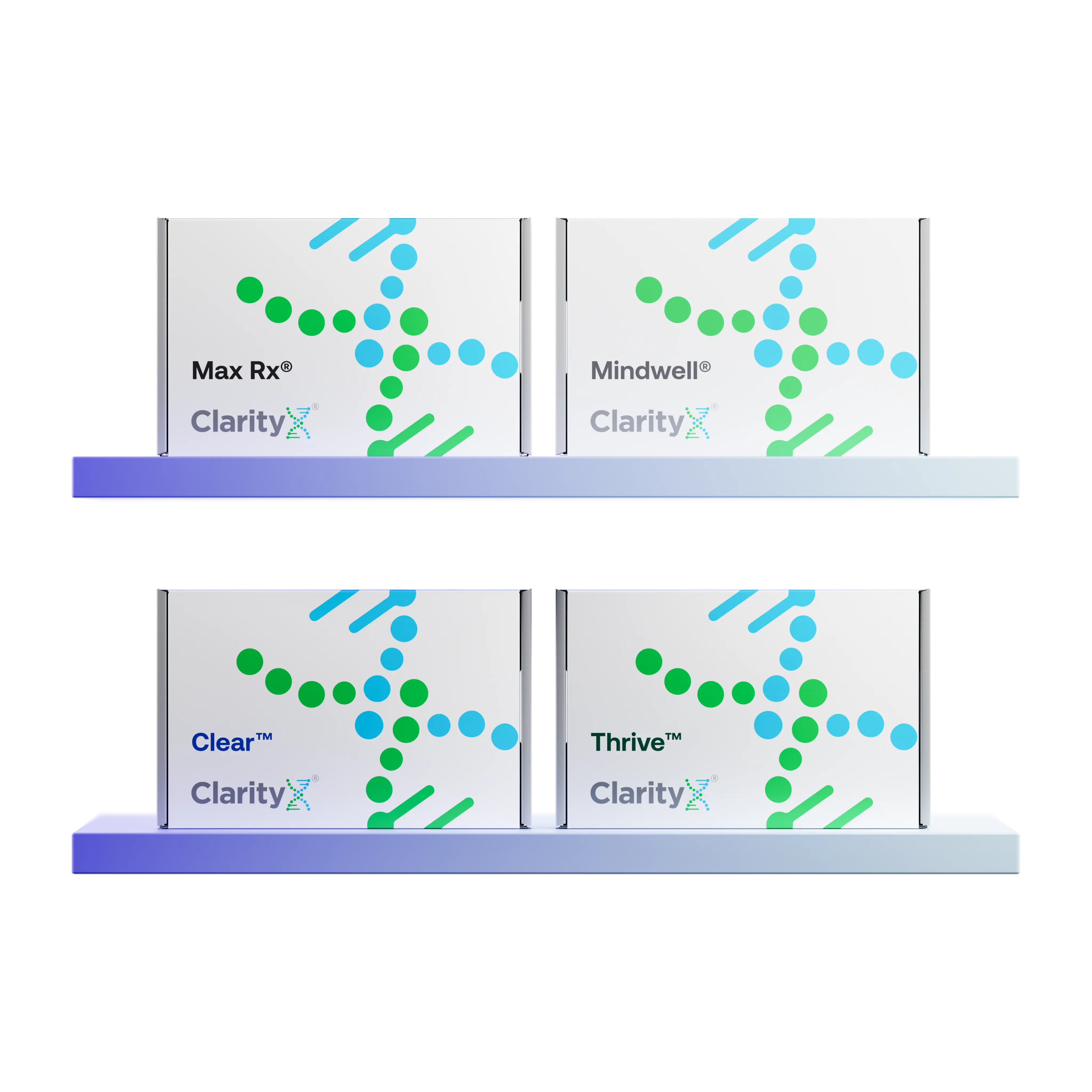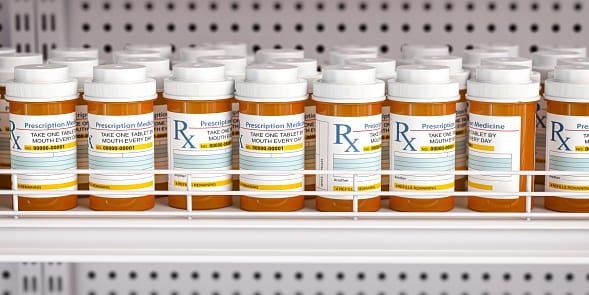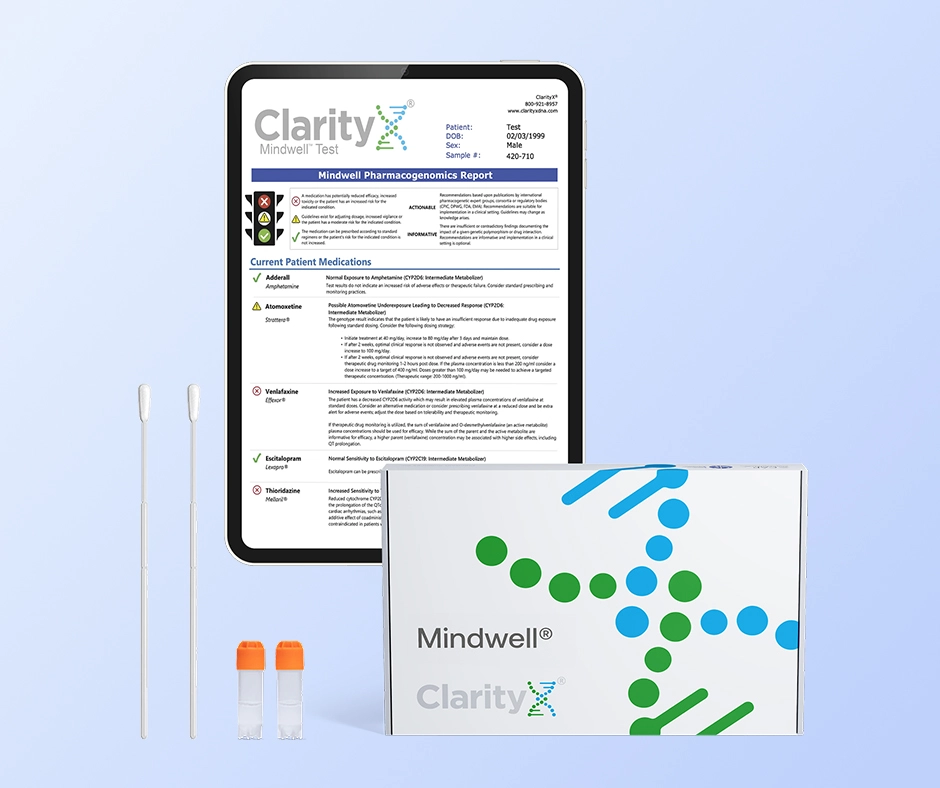Key Highlights
- Methadone is a synthetic opioid used to treat opioid addiction and help with pain management.
- It can effectively reduce withdrawal symptoms and cravings. It does this without producing a "high."
- The time it takes for methadone to work can change from person to person. You may feel the first effects in 30-60 minutes, and the strongest effects can happen in a few hours.
- The duration of methadone's effects can last up to 24 hours. However, this can depend on individual factors.
- It is crucial to administer the correct dosage and follow the usage plan. Careful monitoring is also key for safe and effective methadone treatment.
Introduction
Whether you’re starting methadone for opioid use disorder or for chronic pain management, a common question is, “How long will it take to feel the effects?”
Methadone is a powerful and effective medication, but it works differently than many other drugs in its class. In this article, we’ll break down how methadone works, how quickly it starts to take effect, and the key factors that can influence its safety and efficacy.
Understanding Methadone and Its Uses
Methadone is a synthetic opioid medication that is very important in treating opioid addiction and managing pain. It works by connecting to opioid receptors in the central nervous system (CNS) in the brain. This action helps reduce withdrawal symptoms and cravings linked to opioid use disorder.
What makes methadone special is that it does not cause the strong "high" effect that many other opioids do when taken as directed. This quality makes it a helpful option for people who want to take charge of their lives and get past opioid dependence.
Key Benefits of Methadone in Opioid Addiction Treatment
Methadone is a vital component of treating opioid addiction and is recognized as one of the essential medicines. It provides numerous benefits that support individuals as they pursue recovery. A major advantage is its effectiveness in reducing withdrawal symptoms, which can be very uncomfortable and lead to relapse. Methadone reduces withdrawal symptoms associated with other opioids, and also tends to have a safer side effect profile if withdrawal from methadone is experienced.
Additionally, methadone treatment decreases cravings for opioids. Cravings pose a significant challenge for those in recovery. By diminishing these cravings, methadone enables individuals to focus on other aspects of their treatment, such as therapy and counseling.
Methadone as a Pain Management Solution
Methadone is not only used in the treatment of opioid addiction, but it is also helpful for pain management. This is especially true for people with moderate to severe chronic pain. Methadone is a synthetic opioid. It helps relieve pain by working with opioid receptors in the brain and spinal cord.
Among opioids, methadone can be a helpful option for pain relief because of its long-lasting effects. It can be suitable for people who need baseline pain relief. By offering steady pain control, it can help improve the quality of life for individuals managing chronic pain.
It's important to remember that doctors usually consider methadone for pain management only when other pain relief options do not work or aren't suitable. So, careful thought and monitoring by a healthcare professional are very important when giving methadone for pain.
Initial Effects of Methadone
When starting methadone treatment, it’s important to know how long it will take to feel its effects. This helps in managing expectations and ensuring safe use. The time to feel the first effects of methadone can change based on things like how fast your body works and the way you take the medicine.
Typically, people begin to notice the effects within 30 to 60 minutes after taking a dose. These early effects may include pain relief, reduced cravings, relief from withdrawal symptoms, and an overall sense of relaxation.
What to Expect During the First Dose of Methadone
When used during initial opioid withdrawal, the healthcare provider figures out the starting dose of methadone based on personal factors. This includes the person's history of opioid use and the severity of withdrawal symptoms. After the first dose, patients are closely monitored for any adverse reactions, and adjustments are made as needed.
Common effects after the first dose of methadone are a feeling of calmness and relief from withdrawal symptoms like muscle aches, nausea, and anxiety. Some people might also feel side effects, such as drowsiness, constipation, sweating, or a runny nose.
When used for pain management, pain relief often begins about 30–60 minutes after taking methadone.
Good communication is important during this time. Patients should quickly tell their healthcare provider about any discomfort or unusual effects. This helps to ensure the treatment plan is adjusted for the best results.
Factors Influencing the Onset of Methadone’s Effects
The time it takes for methadone to start working can vary from person to person.
Factors like opioid-use history and current severity of symptoms are critical to account for. It’s common to start with a relatively low dose and slowly increase to ensure safety when used for pain management. However, for withdrawal, dosing may be more aggressive to provide initial support for withdrawal symptoms (particularly if medical support is standing by continuously). As time goes on, a lower dose may be recommended for daily, longer-term management of cravings and prevention of relapse in opioid use disorder.
Additionally, taking other substances can interact with methadone and change how it works. It is important to talk to your healthcare provider about any other medications or substances you are using. This way, they can give you the right dosage and timing for taking methadone.
Duration and Efficacy of Methadone
Understanding how long methadone works in the body is important. Taking the right dose at the right time helps keep blood levels steady over time. Methadone can be processed more quickly or more slowly, depending on factors like individual metabolism.
Typically, the effects of methadone last for up to 24 hours. This relatively long duration is a key reason it treats opioid use disorder well, especially after periods of drug use. It gives lasting relief from withdrawal symptoms and cravings. Still, everyone’s experience can be different.
Methadone Dosage and Administration
Finding the right dose of methadone is very important. It helps make the treatment effective and reduces possible side effects. A healthcare professional must consider many factors. They look at the person’s medical history, how serious their opioid use disorder is, and how they respond to the medicine. Genetic variability in the activity of enzymes that affect metabolism (e.g., CYP2B6) can also have a significant effect on potential safety and efficacy. This can be very helpful when selecting a medication and dosage.
Methadone dosage is unique for everyone. It's common to check and change the dose regularly. This is especially true in the beginning, to achieve a good balance between managing symptoms and reducing side effects.
Recommended Starting Doses for Different Conditions
The first dose of methadone can vary significantly depending on the individual's condition and treatment goals. For individuals with opioid use disorder, a typical starting dose ranges from 10 to 30 milligrams per day, but this is merely a guideline. The maintenance dose is determined by factors such as the severity of withdrawal symptoms, previous opioid use, and other health issues.
Sometimes, higher doses are necessary for individuals experiencing severe withdrawal symptoms or those who have been using large amounts of opioids over an extended period. In contrast, lower starting doses may be more appropriate for individuals who are sensitive to opioids or have certain health conditions.
The focus remains on being careful and taking it slow. Healthcare providers monitor patients closely, particularly at the start of treatment, to assess their response to methadone. They adjust the dosage as necessary to mitigate side effects and ensure it functions effectively.
Side Effects and Warnings
While methadone can be very helpful for supporting recovery while managing an opioid addiction or for providing pain relief, it is a strong medication with important risks and side effects to be aware of.
Common Side Effects of Methadone
The common side effects of methadone include:
- Drowsiness
- Dizziness
- Dry mouth
- Constipation
- Sweating
- Dependence
Everyone reacts differently to medications. It is important to talk openly with your healthcare provider about any side effects you might have. They can suggest ways to manage these effects or change your treatment plan if necessary.
Severe Adverse Reactions and How to Handle Them
Methadone can sometimes lead to serious side effects that need quick medical help, though this is less common. These serious side effects can include respiratory depression, which means slowed or hard breathing. Respiratory depression is a primary reason opioid overdoses can be fatal, and methadone carries this risk like other opioids. It’s vital to ensure methadone isn’t used with other CNS depressants like benzodiazepines or alcohol.
Other effects can be severe allergic reactions that cause swelling in the face, tongue, or throat. If you or someone with you has trouble breathing, chest pain, confusion, or skin that looks blue, you should call 911 or get emergency help right away. Waiting too long for treatment can be very dangerous.
Because methadone can impact the QT interval (portion of an electrocardiogram reading useful for detecting arrhythmias), it’s vital to ensure you talk with your healthcare provider about any past concerns with irregular heart rhythm. Using other medications that also increase the QT interval can also increase the risk of developing an irregular heartbeat.
The Role of Methadone in Long-Term Treatment Plans
Methadone is often important in long-term maintenance therapy treatment plans for opioid addiction. This is especially true for people who have gone through past relapses or for whom other treatments have not worked. It gives a steady dose of an opioid. This helps manage cravings and withdrawal symptoms. This way, individuals can focus on other parts of their recovery.
However, methadone maintenance is not a quick solution. It requires a commitment to a full treatment program. This includes counseling, behavioral therapies, and support systems. The goal is to help individuals deal with the reasons behind their addiction. It also helps them focus on developing more effective coping strategies.
Maintaining Sobriety and Avoiding Relapse
Methadone maintenance treatment can assist in recovering from opioid addiction and other substance use issues. However, staying sober involves more than just medication; it requires a deeper approach to address the causes of addiction. This entails finding better coping strategies and creating a strong support system.
Talking to a therapist or counselor can be beneficial. They can provide you with tools to understand your triggers, develop strategies to prevent relapse, and address any past trauma or mental health issues related to your addiction.
Having a good support system is key, too. Connecting with supportive friends and family, joining support groups, or finding peer recovery programs can provide motivation, accountability, and a sense of community, which are important for long-term recovery.
Conclusion
Methadone can begin to take effect within about 30–60 minutes in some cases, but its full therapeutic impact—whether for opioid withdrawal or chronic pain—often develops over several days of consistent use. Every person’s response has the potential to be different, and finding the right dose may require some time and careful monitoring. It’s critical to work closely with your healthcare providers to ensure your methadone dosage remains safe and effective.
Lastly when considering treatment options like Methadone your genetics can also play a vital role in determining which medications will be best suited for you. A simple test can help reduce the trial and error process associated with finding the right medication. Find out more by visiting www.clarityxdna.com
Frequently Asked Questions
How quickly does methadone start working for pain relief?
Methadone for pain typically begins to take effect within 30 to 60 minutes. It operates similarly for opioid withdrawal. However, it may take a few days or weeks to determine the right dose for you, which is crucial for maximizing pain relief. Your healthcare provider will make careful adjustments to your treatment plan during this period.
Can methadone be used for conditions other than opioid addiction?
Yes, methadone can be given for some conditions that contribute to chronic pain. However, it's usually only prescribed when other pain management choices, like non-opioid medications or therapies, have not worked well enough.
Is it safe to drive while taking methadone?
Methadone can make you sleepy and affect your judgment. This makes it dangerous to drive, especially when you start treatment or if your dose changes. You should talk to your doctor about whether it is safe for you to drive while taking methadone.
How does methadone treatment differ from other opioid addiction treatments?
Methadone can be highly effective for preventing relapse, but it’s also a direct opioid in its own right. Essentially, it’s less likely to cause dangerous withdrawal effects if stopped suddenly due to its relatively long duration of action. Other treatments may provide relief with partial opioid agonists or non-opioids. Still, long-term success is always highly dependent on the utilization of support structures, like therapists, groups, family, and friends.
What are the long-term impacts of methadone usage on health?
Long-term use of methadone can bring both risks and benefits for health. It is good for treating opioid addiction, but there may be some long-term effects. These effects could change hormone levels, reduce bone density, and affect heart health. Regular check-ups and care with healthcare providers are very important.
References
https://dailymed.nlm.nih.gov/dailymed/drugInfo.cfm?setid=eddf7077-02fb-4771-9823-31984f4ff2bb
https://www.ncbi.nlm.nih.gov/books/NBK562216/
https://pubmed.ncbi.nlm.nih.gov/32564328/
https://files.cpicpgx.org/data/guideline/publication/methadone/2024/38863207.pdf
https://clarityxdna.com/blog/learn/unraveling-the-role-of-cyp2b6-gene-in-drug-metabolism/






